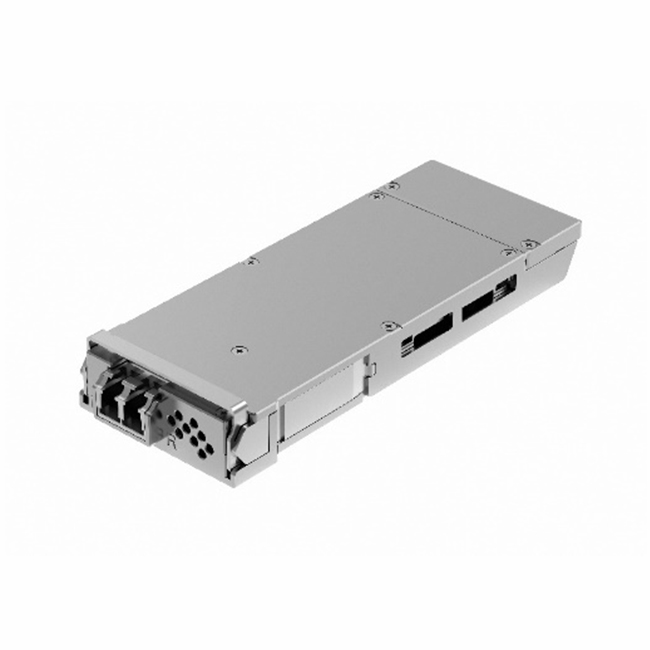
DWDM dimming optical module is an optical module that uses dense wavelength division multiplexing technology:
Support wavelength adjustment: The DWDM dimming module can adjust the wavelength to adapt to different network structures and needs, reducing the problem of optical module replacement caused by changes in network structure.
Improve channel capacity and transmission speed: DWDM technology can transmit multiple optical signals through a single optical fiber, thereby improving channel capacity and transmission speed, and is suitable for long-distance transmission.
Reduce optical module reserves: Since DWDM tunable optical modules can adjust the wavelength, the reserves of optical modules of different wavelengths can be reduced and network operation and maintenance costs can be reduced.
Suitable for evolving networks: DWDM dimming modules can flexibly adapt to evolving network needs and improve the flexibility and scalability of the network.
Tunable DWDM optical modules are a new technology that integrates full C-band 50GHz tunable transmit devices with the required high-performance PIN receivers. Compared with DWDM optical modules, it can adjust the wavelength as needed on site, allowing us to change the wavelength unlimited times within the C-band DWDM frequency band, and can be applied to various types of equipment. In DWDM systems, the use of adjustable optical modules can optimize overall network performance and greatly reduce existing operators' demand for DWDM optical modules. The use of dimming modules can also effectively solve the problem of resource waste and improve the flexibility of the network.

The CFP2 optical module has a maximum operating rate of 211.45Gbps and the module supports multiple modulation formats.
PM-QPSK (100G) and PM-16QAM (200G) are compatible with 100GE, OTU4 and OTUCn services.
Additionally, the module is designed for hot swapping and comes in a CFP2 package.
The electrical interface supports OTL4.4, FOIC1.4, CAU-4, and OTLC2.8.
It complies with the CFP2 MSA Hardware Specification Revision 1.0 and CFP MSA Management Interface Specification Revision 2.2 protocols.
The module also supports optional near-to-long-range data loop, OTN frames, Ethernet MAC/PCS and LLDP packet interception.